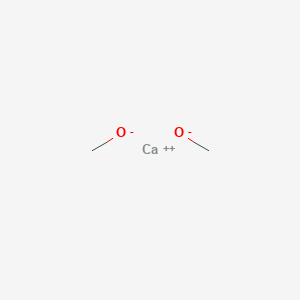Recently, many growers have reported that the leaves and shoots of grapes are covered with unknown black bugs. Speaking of this worm, the northern friend may be more familiar with it. It is called the placket wax, also known as the red lady, the tabby clothing, the stinking wax, and the young leaves and branches of adult grapes and nymphs. The harm can not be underestimated. So, how to do it?
Prevention is as follows:
1. Reasonable layout
Due to the omnivorous nature of the spotted wax, in addition to harming fruit trees, it also prefers to parasitize on various plants such as skunk, toon, buckwheat, acacia, and hedgehog. Therefore, it is best not to plant skunk, buckwheat and other waxed crickets around the vineyard. The host to reduce the source of insects.
The population size of P. ostreatus is also closely related to the way the vineyard is planted and the surrounding environment. The number of orchards with dense planting and dense foliage in the garden is relatively large; there are many weeds around the vineyard, and there are apple or peach orchards nearby. The population is also large.
Therefore, it is possible to adjust the population size of P. ostreatus by adjusting grape planting methods, rationally arranging the surrounding environment of vineyards, and optimizing the diversity of vineyard ecosystems.
2, reduce the base
The oviposition period of the adults of P. ostreatus is slow, easy to catch, and artificially capturing adults can effectively reduce the number of overwintering eggs.
Pruning in winter, cutting in spring, clearing the garden, etc. Before the larvae have hatched, remove the old skin and brush off the eggs.
3, pharmaceutical control
Grasping the nymph stage, the drug can be selected thiamethoxam, pyrethroid insecticides, etc., the commonly used concentrations have good results, pay attention to the hidden parts of the back of the blade to spray.
Adults can also use imidacloprid and other biological insecticides such as nicotine or matrine for spraying, which will help reduce the population of insect populations.
Calcium Methoxide CAS No.2556-53-8
Calcium Methoxide Basic Information
CAS: 2556-53-8
MF: C2H6CaO2
MW: 102.15
EINECS: 219-873-6
Mol File: 2556-53-8.mol
Calcium Methoxide Chemical Properties
Melting point >385 °C(lit.)
form Powder
color off-white
Sensitive moisture sensitive
CAS DataBase Reference 2556-53-8(CAS DataBase Reference)
EPA Substance Registry System Methanol, calcium salt(2556-53-8)

Calcium Methoxide,Calcium Methoxide Solubility,Calcium Ethanoate Synthesis,Calcium Ethoxide Solubility,Calcium Ethoxide Synthesis
Shandong YingLang Chemical Co.,Ltd , https://www.sdylhgtrade.com